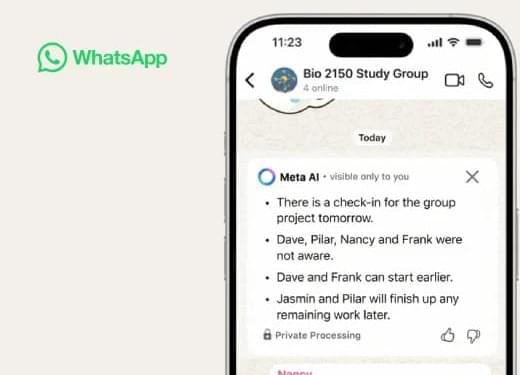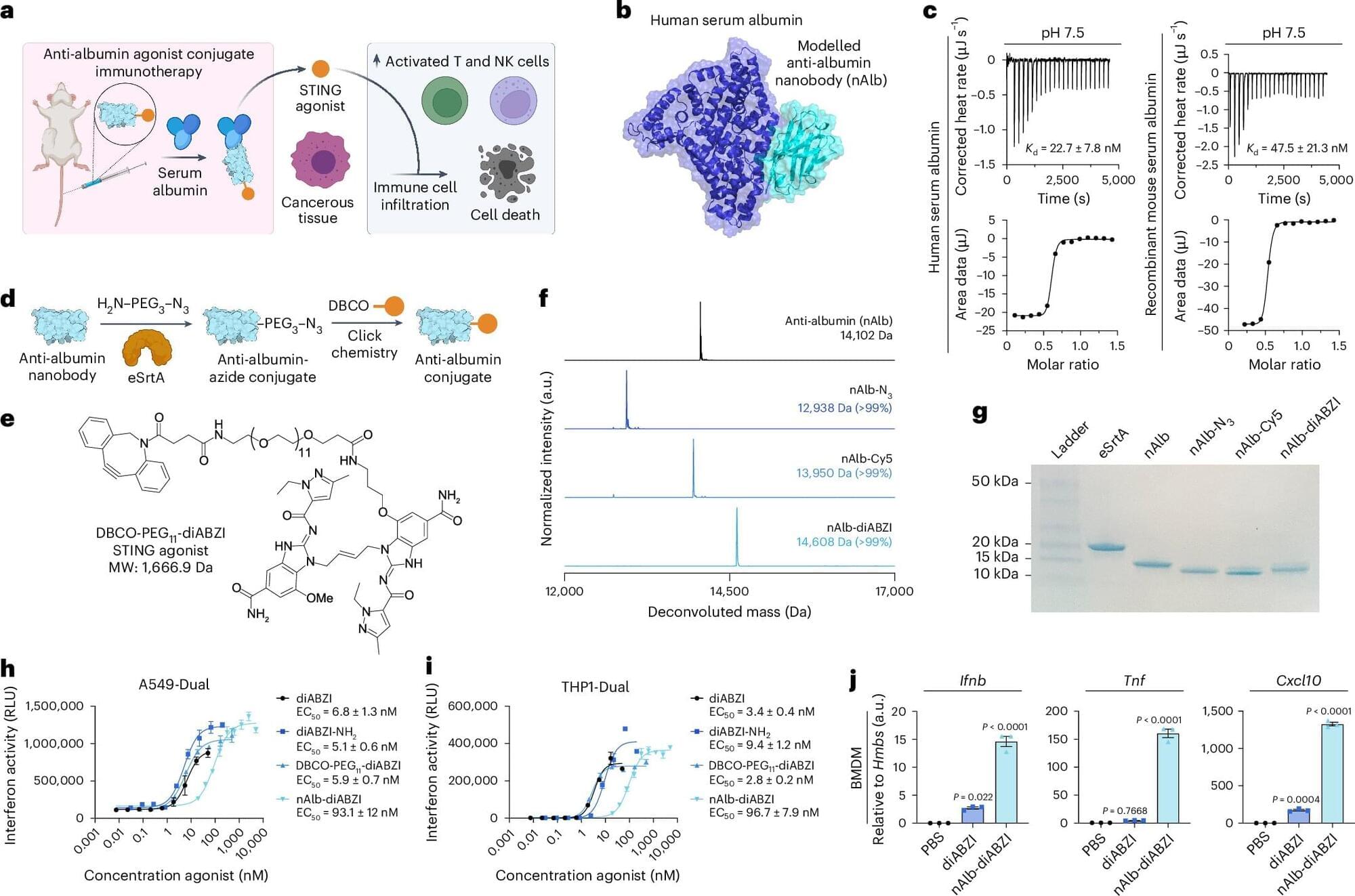WhatsApp adds AI-powered Message Summaries, preserving privacy with Private Processing in the U.S.





Researchers from the Chinese Academy of Sciences and Capital Medical University utilized gene editing to create senescence-resistant human mesenchymal progenitor cells (SRCs). In a 44-week trial on aged macaques, biweekly intravenous SRC injections induced no adverse effects and spurred multi-system rejuvenation in 10 major physiological systems and 61 tissue types. Treated macaques displayed enhanced cognitive function and diminished age-related degeneration. The SRCs work by releasing exosomes that curb cellular senescence and inflammation. This study presents the first primate-level proof of cell therapy’s safety and efficacy in reversing aging, presenting a potential multi-system approach for human anti-aging research.

Caffeine has long been associated with health benefits, including a reduced risk of age-related diseases. However, the specifics of how caffeine interacts with cellular mechanisms and nutrient and stress-responsive gene networks have remained elusive — until now.
In this pioneering research, published in the journal Microbial Cell, scientists used fission yeast, a single-celled organism with surprising similarities to human cells, to delve deeper into caffeine’s impact.
The researchers discovered that caffeine influences aging by engaging an ancient cellular energy system.
A few years ago, the same team found that caffeine prolongs cell life by acting on a growth regulator known as TOR (Target of Rapamycin). TOR is a molecular switch that regulates cell growth based on available food and energy and has been part of the evolutionary landscape for over 500 million years.
However, their latest study unveiled a surprising new finding: caffeine does not directly act on the TOR switch. Instead, it activates AMPK, a cellular fuel gauge that is conserved through evolution in both yeast and humans.
“When your cells are low on energy, AMPK kicks in to help them cope,” senior author Charalampos (Babis) Rallis, a reader in genetics, genomics and fundamental cell biology at Queen Mary University of London, said in a news release. “And our results show that caffeine helps flip that switch.”
Intriguingly, AMPK is also the target of metformin, a common diabetes medication currently under scrutiny for its potential to extend human lifespan when used alongside rapamycin.

An MRI scan revealed a brain tumor located in a difficult area, and performing a biopsy would carry significant risks for the patient, who had initially sought medical help due to double vision. Cases like this, discussed by a multidisciplinary team of cancer specialists, led researchers at Charité – Universitätsmedizin Berlin, along with their collaborators, to search for alternative diagnostic methods.
Their solution is an AI model that analyzes specific features in the genetic material of tumors, particularly their epigenetic fingerprint, which can be obtained from sources such as cerebrospinal fluid. As reported in the journal Nature Cancer, the model classifies tumors both rapidly and with high accuracy.

Researchers led by John T. Wilson, Vanderbilt University associate professor of chemical and biomolecular engineering and biomedical engineering, have developed a new approach using a molecularly designed nanobody platform that seeks to make immunotherapy more effective in the treatment of cancer.
The research, “Potentiating Cancer Immunotherapies with Modular Albumin-Hitchhiking Nanobody-STING Agonist Conjugates,” is published in Nature Biomedical Engineering.
Immunotherapy is revolutionizing cancer treatment, but few patients benefit from the treatment, according to researchers. However, Wilson and his Immunoengineering Lab at Vanderbilt, along with collaborators at Vanderbilt University Medical Center, SOMBS, and the College of Arts and Sciences, aim to solve this problem.


IN A NUTSHELL 🔋 Researchers in South Korea developed a cost-effective MoS2 thin film that boosts battery lifespan sevenfold. 💡 The innovation uses molybdenum disulfide to prevent dendrite formation, enhancing the safety and performance of anode-free solid-state batteries. 🌟 This breakthrough offers a scalable, affordable alternative to noble metals, promising to accelerate the commercialization of

IN A NUTSHELL 🌍 North Star, developed by an ex-Harvard professor, is an AI tool designed to predict and prevent wars by simulating world leaders’ decisions. 🔮 The tool creates digital twins of leaders to foresee outcomes of geopolitical events, offering insights for better decision-making. 💼 Investors see peace tech as a burgeoning market, drawing